-
 Bitcoin
Bitcoin $117900
0.31% -
 Ethereum
Ethereum $3766
0.28% -
 XRP
XRP $3.176
-0.31% -
 Tether USDt
Tether USDt $1.000
0.00% -
 BNB
BNB $795.6
1.51% -
 Solana
Solana $186.8
-1.09% -
 USDC
USDC $0.9999
-0.01% -
 Dogecoin
Dogecoin $0.2353
-1.33% -
 TRON
TRON $0.3226
1.49% -
 Cardano
Cardano $0.8172
-1.08% -
 Sui
Sui $4.178
3.06% -
 Hyperliquid
Hyperliquid $43.05
-3.39% -
 Stellar
Stellar $0.4367
-0.57% -
 Chainlink
Chainlink $18.62
1.47% -
 Hedera
Hedera $0.2828
6.63% -
 Bitcoin Cash
Bitcoin Cash $584.7
5.65% -
 Avalanche
Avalanche $24.81
2.53% -
 Litecoin
Litecoin $112.8
-0.88% -
 UNUS SED LEO
UNUS SED LEO $8.975
-0.08% -
 Shiba Inu
Shiba Inu $0.00001395
-1.07% -
 Toncoin
Toncoin $3.285
-1.05% -
 Ethena USDe
Ethena USDe $1.001
0.01% -
 Polkadot
Polkadot $4.123
0.76% -
 Uniswap
Uniswap $10.49
-0.18% -
 Monero
Monero $326.5
0.14% -
 Dai
Dai $0.9999
-0.02% -
 Bitget Token
Bitget Token $4.576
0.34% -
 Pepe
Pepe $0.00001247
-1.55% -
 Cronos
Cronos $0.1400
3.77% -
 Aave
Aave $295.1
-0.73%
Identification of the false breakthrough of the BTC ascending wedge and risk aversion
Scientists discover new species of deep-sea coral thriving in extreme conditions, offering insights into marine biodiversity and climate resilience.
Jun 10, 2025 at 05:28 am
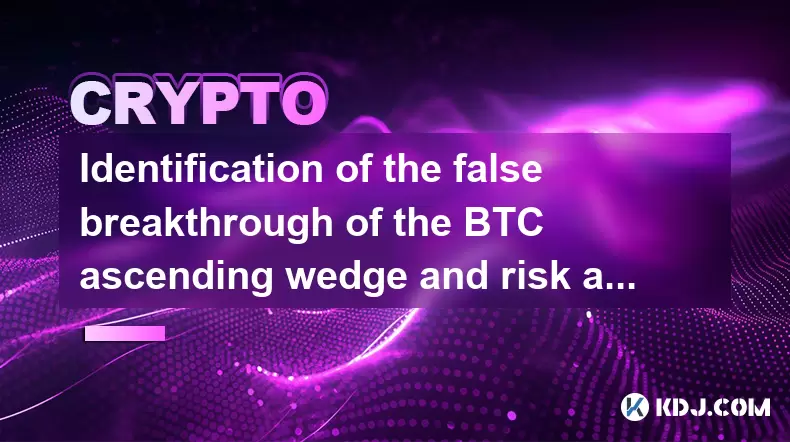
Understanding the BTC Ascending Wedge Pattern
An ascending wedge is a technical chart pattern commonly observed in cryptocurrency markets, including Bitcoin (BTC). It forms when price action consolidates between two rising trendlines — one connecting higher lows and another connecting higher highs. The narrowing price range indicates decreasing momentum, often leading to a bearish breakout.
In the case of BTC, this pattern has historically signaled potential reversals after uptrends. Traders closely monitor it for signs of exhaustion. However, not all breakouts from an ascending wedge are genuine. A false breakout occurs when price briefly pierces the trendline but fails to sustain momentum beyond it, quickly reversing back into the pattern.
Key Characteristics of a False Breakout in BTC's Ascending Wedge
To identify a false breakout, traders must analyze several key aspects:
- Volume Analysis: A legitimate breakout usually coincides with a surge in trading volume. If volume remains low or declines during the breakout, it may indicate a lack of conviction among market participants.
- Price Rejection: After breaking out, if the price immediately retreats back into the wedge, especially closing within it, it suggests that the breakout was false.
- Wick Behavior: Long upper or lower wicks on candlesticks following the breakout can signal rejection of new price levels.
These signals help differentiate between a genuine trend continuation or reversal and a deceptive move designed to trap traders.
Technical Indicators That Aid in Identifying False Breakouts
Several tools assist traders in confirming or rejecting the validity of a breakout:
- Moving Averages: Monitoring whether the price closes consistently above or below key moving averages (e.g., 50-day or 200-day) can provide insight into the strength of a breakout.
- Relative Strength Index (RSI): If RSI diverges from price movement — such as making higher highs while price makes lower lows — it could suggest weakening momentum.
- Bollinger Bands: A breakout that pushes price outside the bands but quickly snaps back may indicate a false move rather than a sustained trend.
Each of these indicators should be used in conjunction with price action analysis to enhance accuracy.
Risk Management Strategies During Uncertain Breakouts
When dealing with ambiguous patterns like the ascending wedge in BTC, risk management becomes crucial. Here are some practical steps:
- Avoid Immediate Entry: Instead of entering right after a breakout, wait for confirmation through candlestick closes and volume validation.
- Use Stop-Loss Orders: Placing stop-loss orders just beyond the wedge boundary helps limit losses if the breakout proves false.
- Position Sizing: Reduce position size when entering trades based on uncertain breakouts to manage exposure effectively.
- Set Profit Targets: Establish realistic profit targets based on previous swing levels or Fibonacci extensions to secure gains before potential reversals occur.
These strategies help traders avoid being whipsawed by misleading moves and preserve capital for more reliable opportunities.
Psychological Factors Influencing False Breakouts in BTC Markets
False breakouts are often driven by market psychology, particularly in volatile assets like Bitcoin. Large players or institutions sometimes manipulate short-term price movements to trigger stop-loss orders or create panic among retail traders.
This behavior creates artificial breakouts that lure traders into positions before reversing the trend. Understanding crowd behavior and sentiment indicators — such as fear & greed index or open interest changes — can offer additional context to evaluate the authenticity of a breakout.
Traders should remain disciplined and avoid emotional decision-making when observing rapid price movements that appear too clean or exaggerated.
Frequently Asked Questions (FAQs)
Q: How long does a false breakout typically last in BTC’s ascending wedge?
A false breakout in BTC can last anywhere from a few hours to a couple of days. The duration depends on market conditions and how quickly traders realize the breakout lacks follow-through. Shorter timeframes tend to see quicker rejections, especially if volume doesn’t support the move.
Q: Can false breakouts be predicted using fundamental analysis?
Fundamental analysis alone cannot reliably predict false breakouts. These events are primarily technical in nature and stem from trader behavior and order flow. However, combining macro-level insights — such as regulatory news or exchange activity — with technical setups can improve context.
Q: Are ascending wedges more reliable on higher timeframes for BTC?
Yes, ascending wedges on higher timeframes — such as the 4-hour or daily charts — tend to produce more reliable signals compared to lower timeframes. This is because they capture broader market sentiment and filter out short-term noise.
Q: What should I do if I’m caught in a false breakout trade on BTC?
If you’re trapped in a false breakout, assess the situation quickly. Check volume, candlestick structure, and nearby support/resistance. Consider exiting at breakeven or a small loss if there’s clear evidence of rejection. Do not hold onto losing trades hoping for a recovery unless your original thesis still holds strong.
Disclaimer:info@kdj.com
The information provided is not trading advice. kdj.com does not assume any responsibility for any investments made based on the information provided in this article. Cryptocurrencies are highly volatile and it is highly recommended that you invest with caution after thorough research!
If you believe that the content used on this website infringes your copyright, please contact us immediately (info@kdj.com) and we will delete it promptly.
- Cryptos to Watch in 2025: Punisher Coin, Chainlink, and the Altcoin Arena
- 2025-07-27 18:30:13
- Bitcoin, Altcoins, Rebound: Navigating the Crypto Comeback Trail
- 2025-07-27 18:30:13
- Ethereum, Bitcoin, and Altcoins: A Shift in Crypto Tides?
- 2025-07-27 19:10:13
- Windtree Therapeutics' Bold BNB Strategy: A $520 Million Crypto Play
- 2025-07-27 19:10:13
- Solana, Staking, and Unilabs: What's the Buzz in the Crypto Space?
- 2025-07-27 16:50:13
- VeChain, HBAR, Remittix: Navigating the Crypto Landscape in 2025
- 2025-07-27 17:10:12
Related knowledge
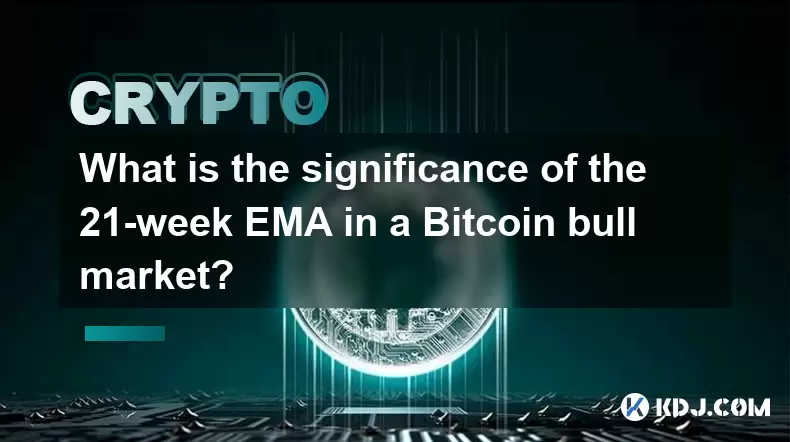
What is the significance of the 21-week EMA in a Bitcoin bull market?
Jul 10,2025 at 06:56pm
Understanding the 21-Week EMA in Cryptocurrency AnalysisThe 21-week Exponential Moving Average (EMA) is a technical indicator widely used by traders a...
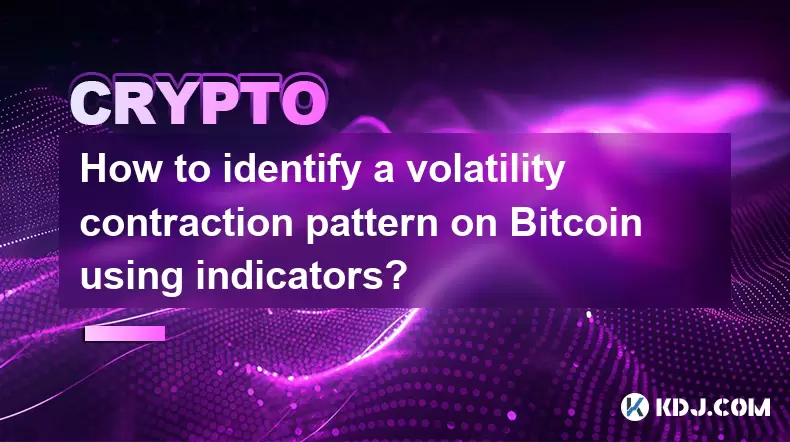
How to identify a volatility contraction pattern on Bitcoin using indicators?
Jul 07,2025 at 07:28am
What is a Volatility Contraction Pattern in Bitcoin Trading?A volatility contraction pattern refers to a phase where the price movement of an asset, s...
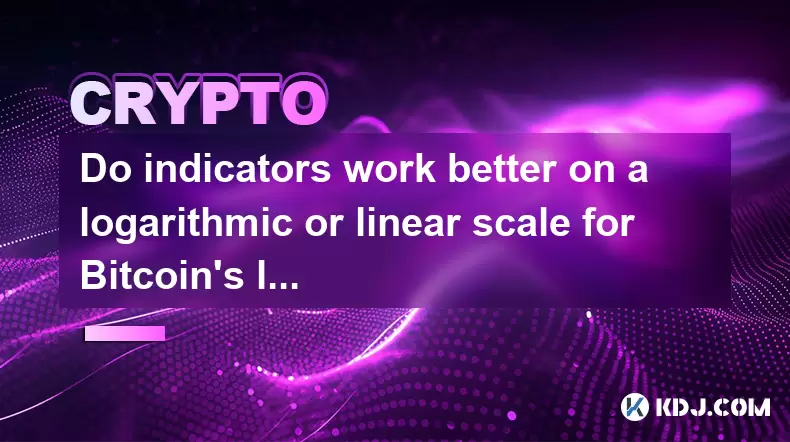
Do indicators work better on a logarithmic or linear scale for Bitcoin's long-term chart?
Jul 08,2025 at 01:42pm
Understanding Chart Scales in Cryptocurrency TradingIn cryptocurrency trading, particularly for analyzing Bitcoin's long-term trends, chart scales pla...

What is the Woodies CCI indicator and can it be used for Bitcoin?
Jul 04,2025 at 05:14pm
Understanding the Woodies CCI IndicatorThe Woodies CCI indicator is a variation of the traditional Commodity Channel Index (CCI), which was originally...
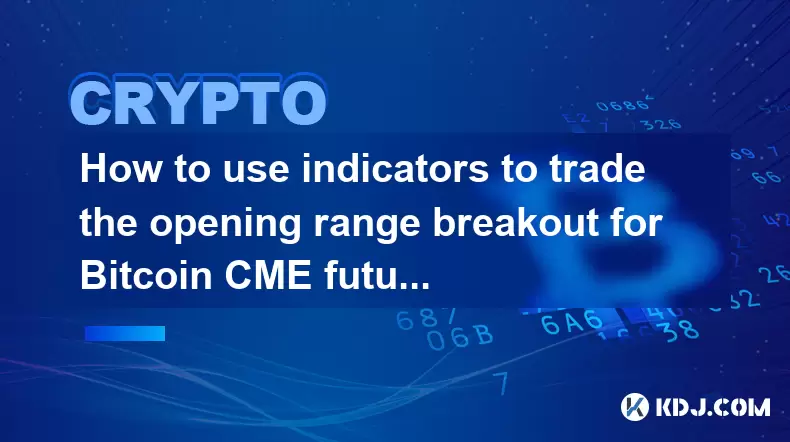
How to use indicators to trade the opening range breakout for Bitcoin CME futures?
Jul 05,2025 at 07:35pm
What Is the Opening Range Breakout Strategy?The opening range breakout (ORB) strategy is a popular trading technique used in both traditional markets ...

How to use the Relative Vigor Index (RVI) for Bitcoin trading?
Jul 07,2025 at 02:00pm
Understanding the Relative Vigor Index (RVI)The Relative Vigor Index (RVI) is a technical analysis tool used to assess the strength of price movements...

What is the significance of the 21-week EMA in a Bitcoin bull market?
Jul 10,2025 at 06:56pm
Understanding the 21-Week EMA in Cryptocurrency AnalysisThe 21-week Exponential Moving Average (EMA) is a technical indicator widely used by traders a...

How to identify a volatility contraction pattern on Bitcoin using indicators?
Jul 07,2025 at 07:28am
What is a Volatility Contraction Pattern in Bitcoin Trading?A volatility contraction pattern refers to a phase where the price movement of an asset, s...

Do indicators work better on a logarithmic or linear scale for Bitcoin's long-term chart?
Jul 08,2025 at 01:42pm
Understanding Chart Scales in Cryptocurrency TradingIn cryptocurrency trading, particularly for analyzing Bitcoin's long-term trends, chart scales pla...

What is the Woodies CCI indicator and can it be used for Bitcoin?
Jul 04,2025 at 05:14pm
Understanding the Woodies CCI IndicatorThe Woodies CCI indicator is a variation of the traditional Commodity Channel Index (CCI), which was originally...

How to use indicators to trade the opening range breakout for Bitcoin CME futures?
Jul 05,2025 at 07:35pm
What Is the Opening Range Breakout Strategy?The opening range breakout (ORB) strategy is a popular trading technique used in both traditional markets ...

How to use the Relative Vigor Index (RVI) for Bitcoin trading?
Jul 07,2025 at 02:00pm
Understanding the Relative Vigor Index (RVI)The Relative Vigor Index (RVI) is a technical analysis tool used to assess the strength of price movements...
See all articles

























































































